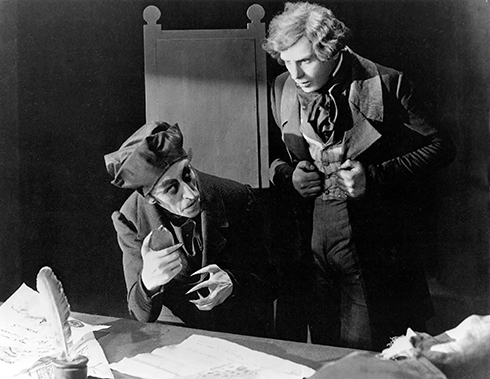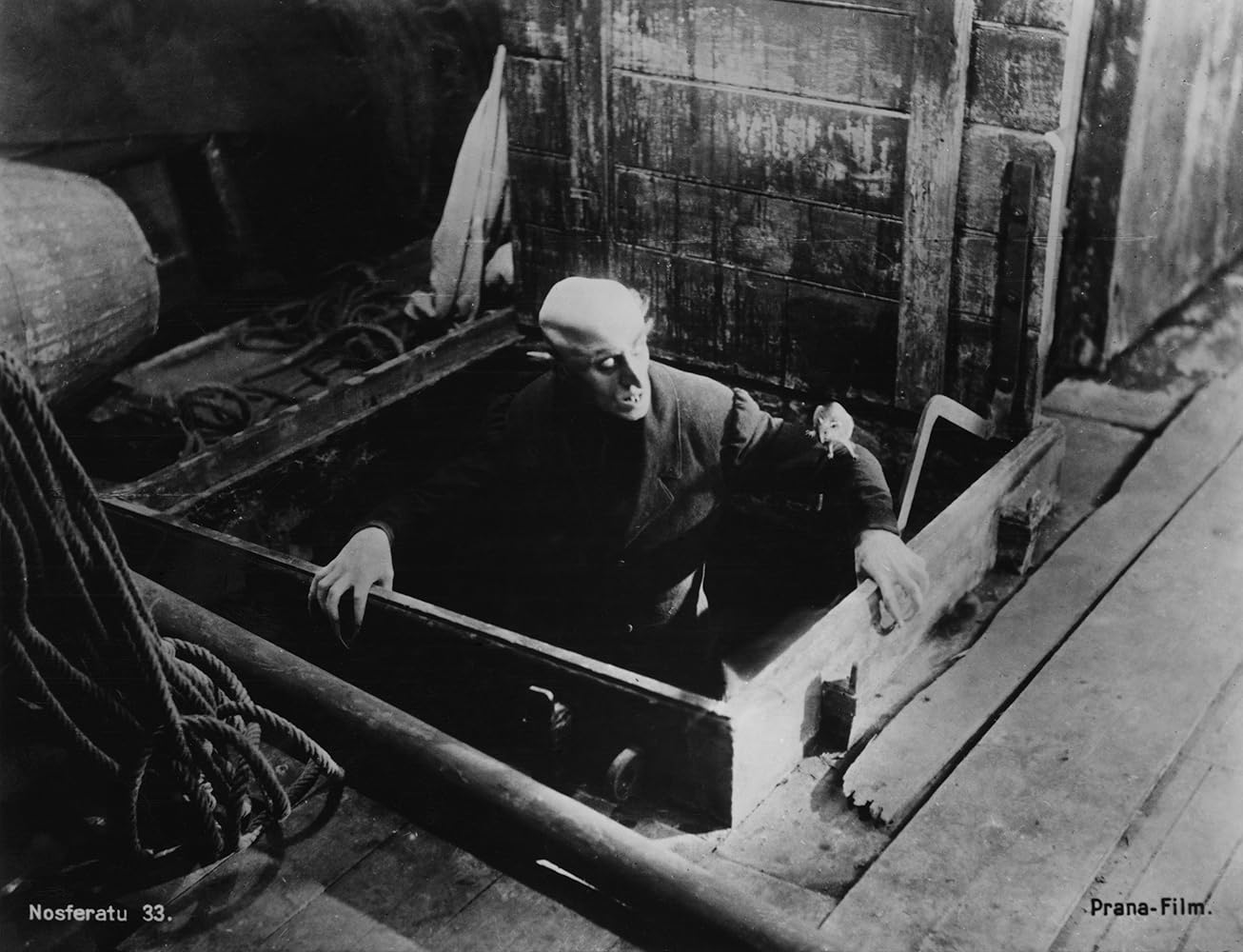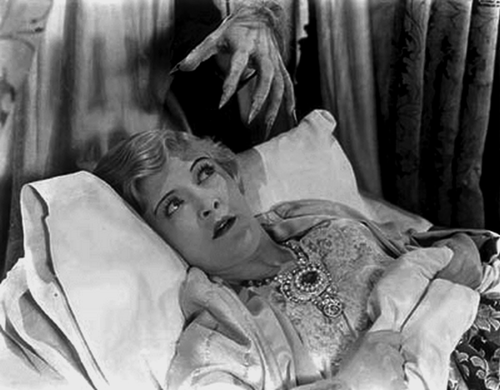Happy Halloween, my friends! As a final spooky season post, I thought I’d investigate a question a reader brought up the other day: Just how did Nosferatu (1922) make it to the U.S.? If you’re familiar with the history of the film, after Bram Stoker’s widow Florence pitched a court battle royale over the film’s obvious plagiarism of Dracula, German courts ordered prints to be destroyed. That was back in the mid-1920s, after the case had dragged on for several years, even as Prana-Film declared bankruptcy–and yet Nosferatu supposedly premiered in the U.S. in 1929. So how did this happen?
First, it’s useful to remind ourselves of the practical reality of how films travelled around in the silent era. Copies in the form of physical reels of film, stored in metal cans, were rented from film exchanges and run for a specific length of time before the cans were (hopefully) returned in decent enough condition. I know that sounds blindingly obvious, but we’re so used to seeing countless digital copies of movies floating about in the Internet ether that it can take a minute to remember that silent films had finite copies. Some studios (mainly during the 1920s) diligently rounded up copies once the run was over, but some did not. Sometimes theater owners stored them, and sometimes they just threw them away–there were always new films to show, after all.
Continue reading













